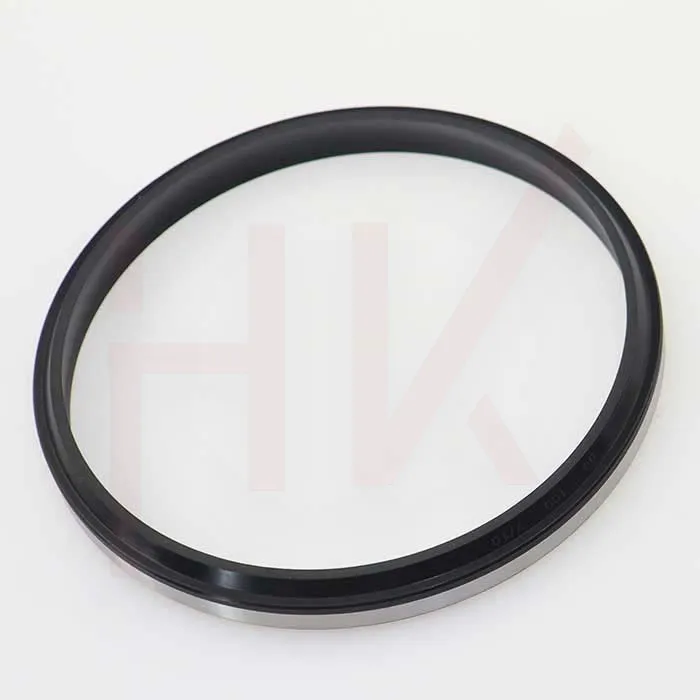Nov . 09, 2024 16:39 Back to list
Hydraulic Seal Maintenance and Repair Techniques for Optimal Performance and Longevity
Understanding Hydraulic Seal Repair Importance and Techniques
Hydraulic systems are integral to a wide range of applications, from industrial machinery to automotive systems. One of the key components of these systems is the hydraulic seal, which is vital for maintaining pressure and preventing leaks. Over time, hydraulic seals can wear out or become damaged, leading to decreased efficiency and potentially catastrophic failures. This article delves into the importance of hydraulic seal repair, common causes of seal failures, and effective techniques for repair and maintenance.
Importance of Hydraulic Seal Repair
Hydraulic seals play a crucial role in ensuring the proper functioning of hydraulic systems. They prevent hydraulic fluid from leaking out of the system while keeping contaminants from entering. As seals degrade, the efficiency of the hydraulic system diminishes, resulting in increased energy consumption and higher operating costs. Additionally, leaks can lead to safety hazards and environmental concerns, making timely repair of hydraulic seals essential.
Common Causes of Seal Failure
Several factors can contribute to the premature failure of hydraulic seals
1. Aging and Wear Over time, seals can become brittle and lose their elasticity due to exposure to heat, pressure, and fluid. This is particularly common in high-temperature environments where the hydraulic fluid breaks down more quickly.
2. Contamination Dirt, dust, and other impurities can enter the hydraulic system and wear down the seals. Contaminated hydraulic fluid can also lead to chemical reactions that degrade the material of the seals.
3. Improper Installation Incorrect installation of seals can lead to misalignment, which increases friction and wear. Proper alignment is crucial for maximizing the lifespan of hydraulic seals.
4. Extreme Operating Conditions High pressures and temperatures can cause seals to fail prematurely. Additionally, exposure to aggressive chemicals can lead to accelerated degradation.
hydraulic seal repair

5. Design Flaws Sometimes, the seal itself may not be suited for the specific application or may have design flaws that make it prone to failure.
Techniques for Hydraulic Seal Repair
Repairing a hydraulic seal is often more cost-effective than replacing the entire hydraulic system. Here are some effective techniques for hydraulic seal repair
1. Inspection and Diagnosis The first step in seal repair is to conduct a thorough inspection of the hydraulic system. This includes identifying the source of the leak, assessing the condition of the seal, and checking for any additional damage to other components.
2. Seal Replacement If the seal is found to be worn out or damaged beyond repair, replacing it is the most effective solution. When selecting a replacement seal, it is important to choose one that is compatible with the hydraulic fluid and suitable for the operating conditions.
3. Seal Kit Utilization For systems with multiple seals, using a complete seal kit can streamline the repair process. These kits typically include all necessary seals and components, ensuring that the repair is comprehensive and effective.
4. Fluid Contamination Control After seal repair, it is crucial to address contamination issues in the hydraulic fluid. This can involve flushing the system, replacing the fluid, and ensuring that proper filtration systems are in place to prevent future contamination.
5. Regular Maintenance Implementing a regular maintenance schedule can help in early detection of seal wear and other hydraulic system issues. Routine checks can prolong the life of hydraulic seals and improve overall system performance.
Conclusion
Hydraulic seal repair is a vital aspect of maintaining the efficiency and safety of hydraulic systems. By understanding the common causes of seal failure and employing effective repair techniques, operators can significantly reduce downtime and costs associated with hydraulic system failures. Regular maintenance and inspections not only extend the life of hydraulic seals but also enhance the operational efficiency of the entire hydraulic system, contributing to smoother and safer operations in various applications. Ultimately, investing time and resources into proper seal repair and maintenance ensures the longevity and reliability of hydraulic systems.
-
Wiper Oil Seal: Our Commitment to Clean Hydraulics
NewsAug.13,2025
-
Hydraulic Oil Seal for Self Discharging Cars
NewsAug.13,2025
-
Hub Oil Seal for Agricultural Tractor Hubs
NewsAug.13,2025
-
Skeleton Oil Seal with NBR Material
NewsAug.13,2025
-
Rotary Lip Seal for High Pressure Applications
NewsAug.13,2025
-
Cylinder Seal Kits Our Legacy of Hydraulic Trust
NewsAug.13,2025
-
Unlocking the Potential of Hydraulic Systems with Essential Sealing Solutions
NewsAug.06,2025
Products categories
















